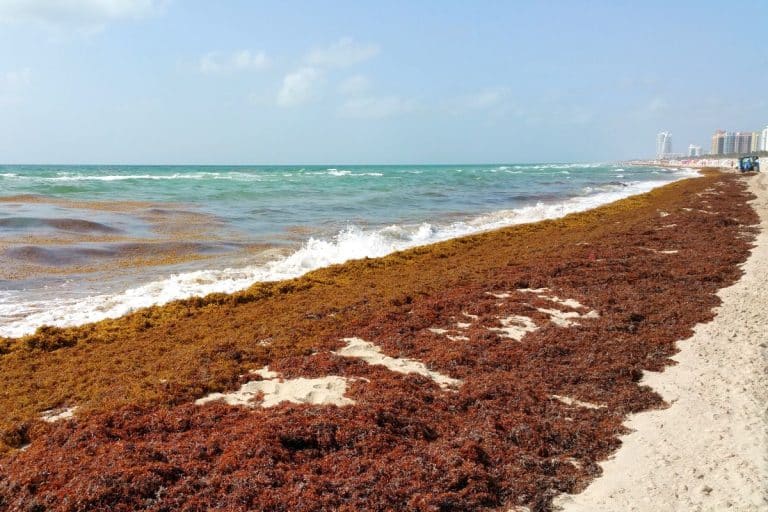Florida’s First Coast may be particularly nasty this summer. The Atlantic seaweed known as sargassum will be coming ashore and may be particularly plentiful this year.
Join our FB group where Florida’s locals post the latest photos and videos on Sargassum Seaweed in FL
Latest Update on Seaweed Situation in Florida:
January 15, 2024: Another record blob of sargassum was measured in the Central Atlantic Ocean
University of South Florida scientists have reported a significant increase in sargassum, a type of seaweed, in the Central Atlantic, near the Caribbean Sea. As of December 2023, the mass of sargassum reached nearly 5 million metric tons, a substantial increase from the 1 million metric tons recorded at the same time in the previous year.
This amount sets a new historical record for the region. Despite a 15% decrease in May 2023, which deviated from the 2022 record high of 22 million metric tons, researchers anticipate 2024 to be another major year for sargassum growth.
Currently, the majority of this seaweed mass is located about 500 miles east of the Caribbean Sea, with significant blooms also observed near Venezuela’s Orinoco River, affecting areas like Trinidad and Tobago and the southern Caribbean Sea.
REPORTS & UPDATES FROM SEAWEED SEASON 2023
July 18: Latest seaweed news and photos from Florida
Last spring, Florida’s renowned beaches faced an unprecedented challenge with the arrival of a massive, foul-smelling seaweed mass known as the Great Atlantic Sargassum Seaweed Belt.
However, there’s good news as recent findings by scientists from the University of South Florida’s Optical Oceanography Lab indicate that the seaweed belt in the Gulf of Mexico has significantly diminished, shrinking by an impressive 75% last month.
Latest updates and photos capturing different regions across Florida. Become a member of our FB group, “Florida Sargassum Seaweed Updates,” and ask about specific areas of interest. Beaches are mostly clean around Florida, seaweed is mostly around the south and Key West.

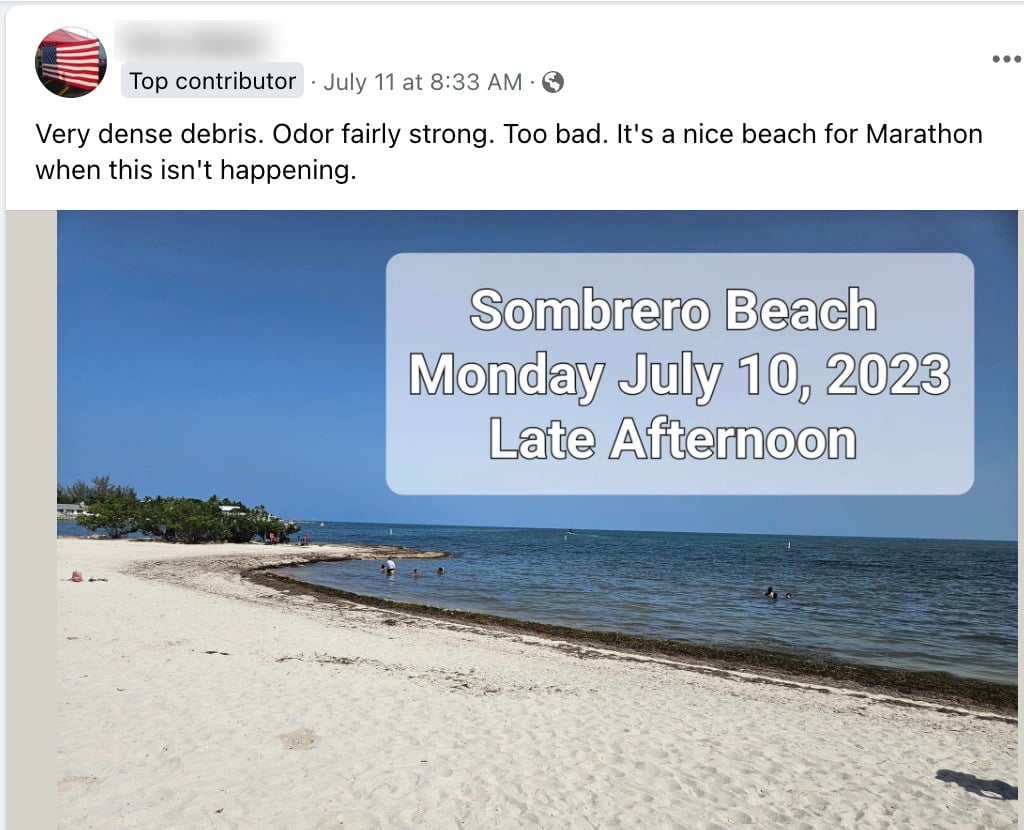
June 1: Jupiter Dog Beach
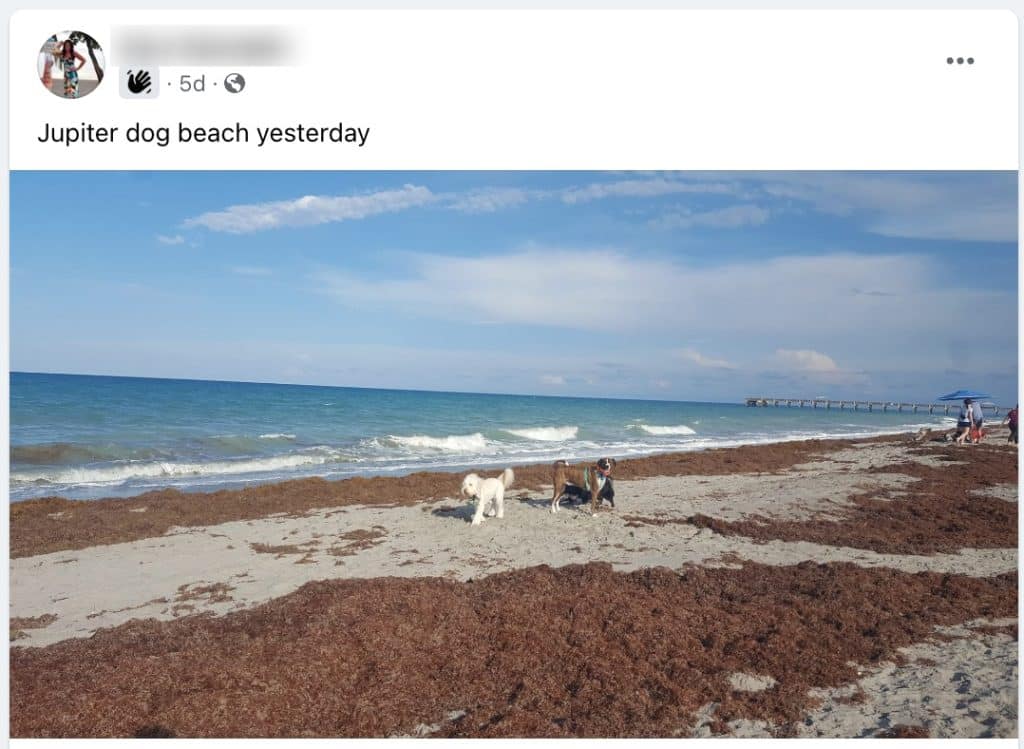
June 1: Panama City Beach
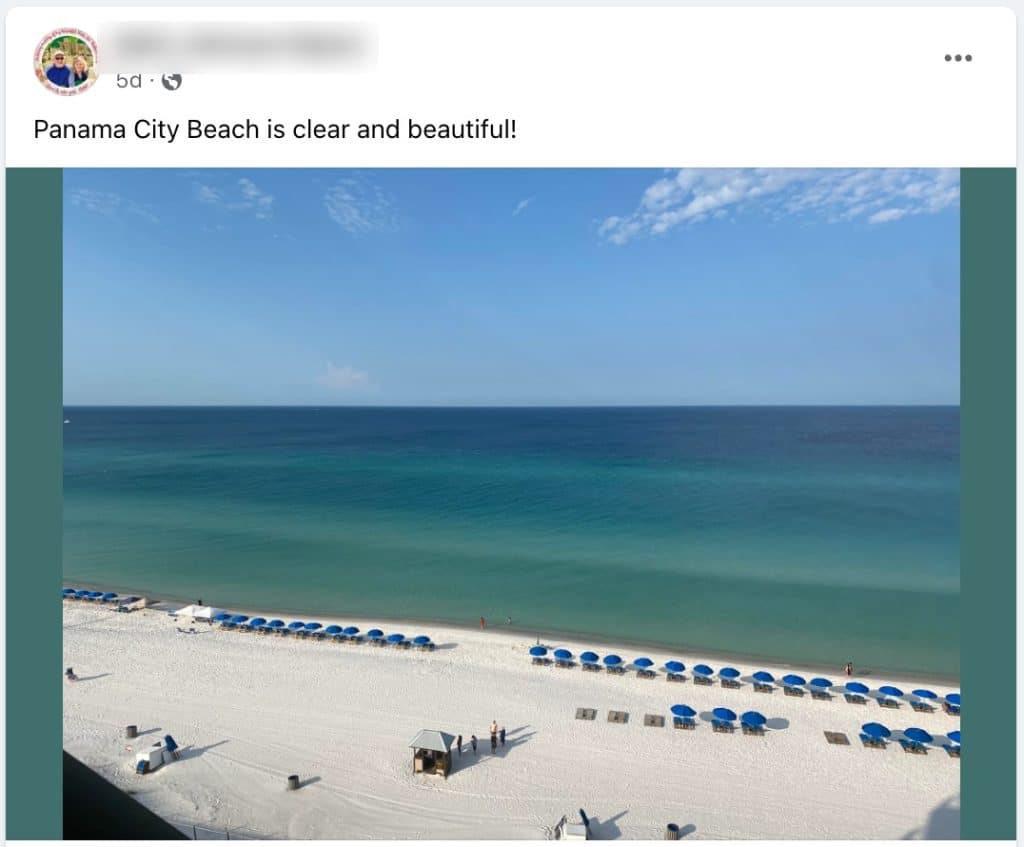
May 22: Latest photos and reports from travelers and locals in Florida
Here are a few latest photos and updates from different areas around Florida. Join our group “Sargassum Seaweed Updates Florida” and ask about any particular area.
May 22: Bahia Honda State Park Seaweed Report
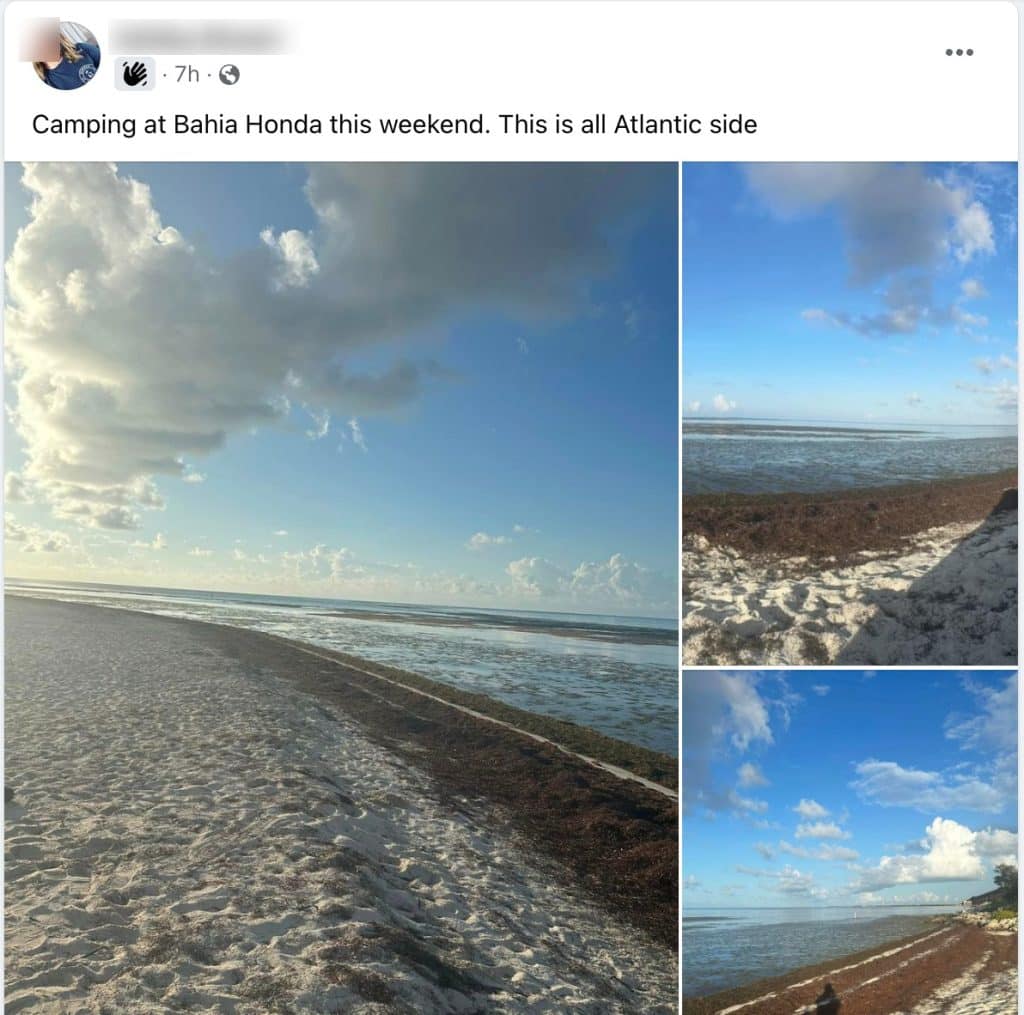
May 22: Panama City Beach Seaweed Report
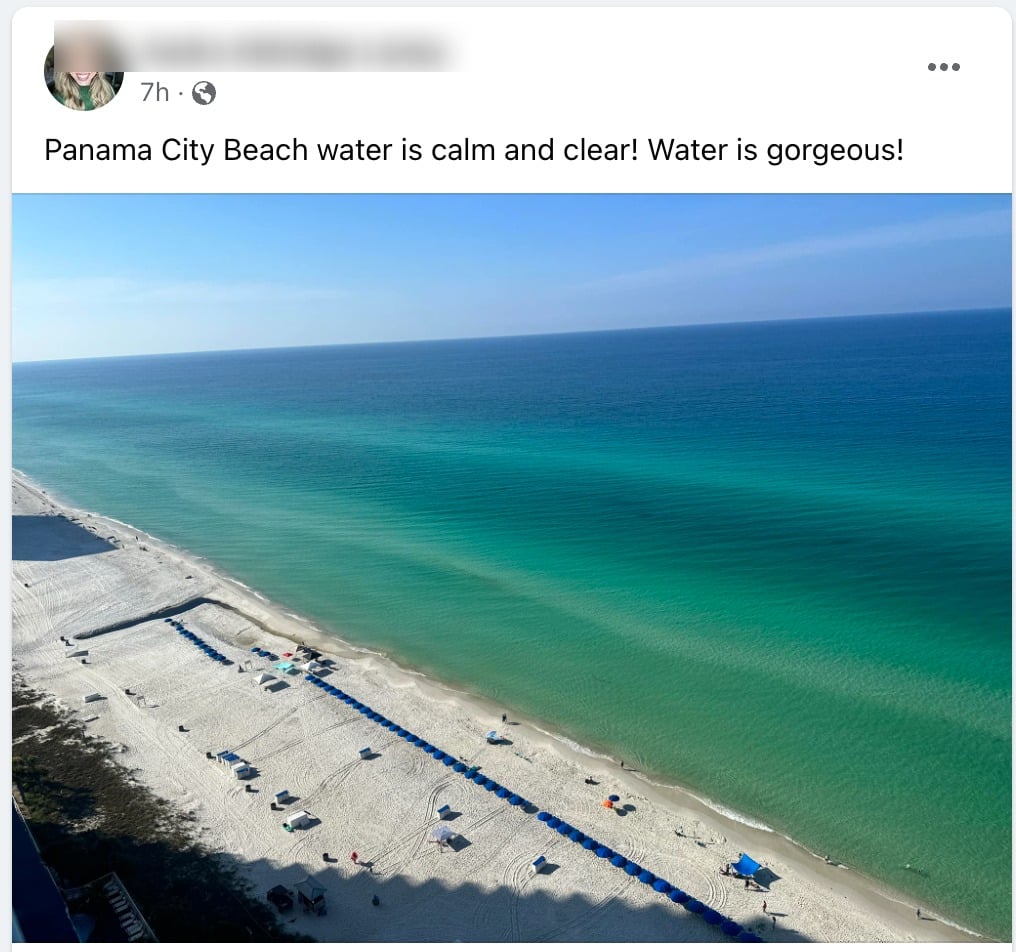
May 21: Melbourne Beach Seaweed Report
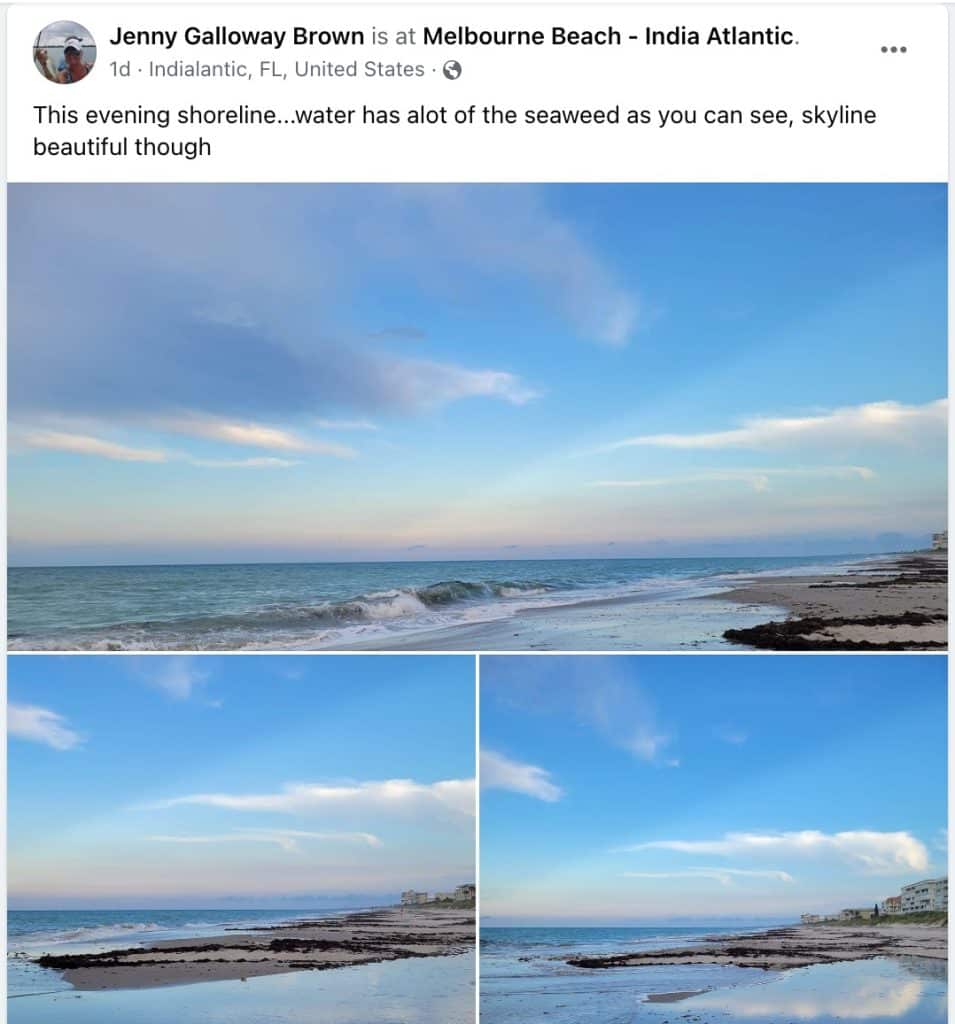
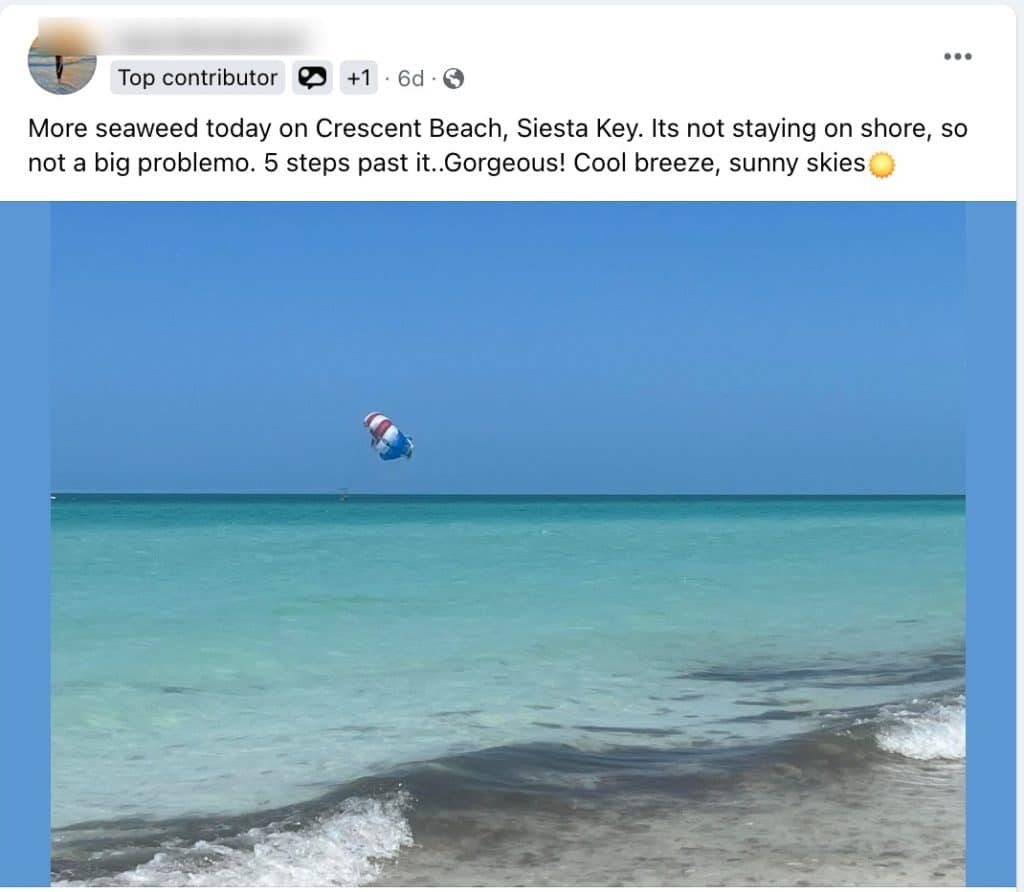
May 16: Bal Harbour Beach Seaweed Report
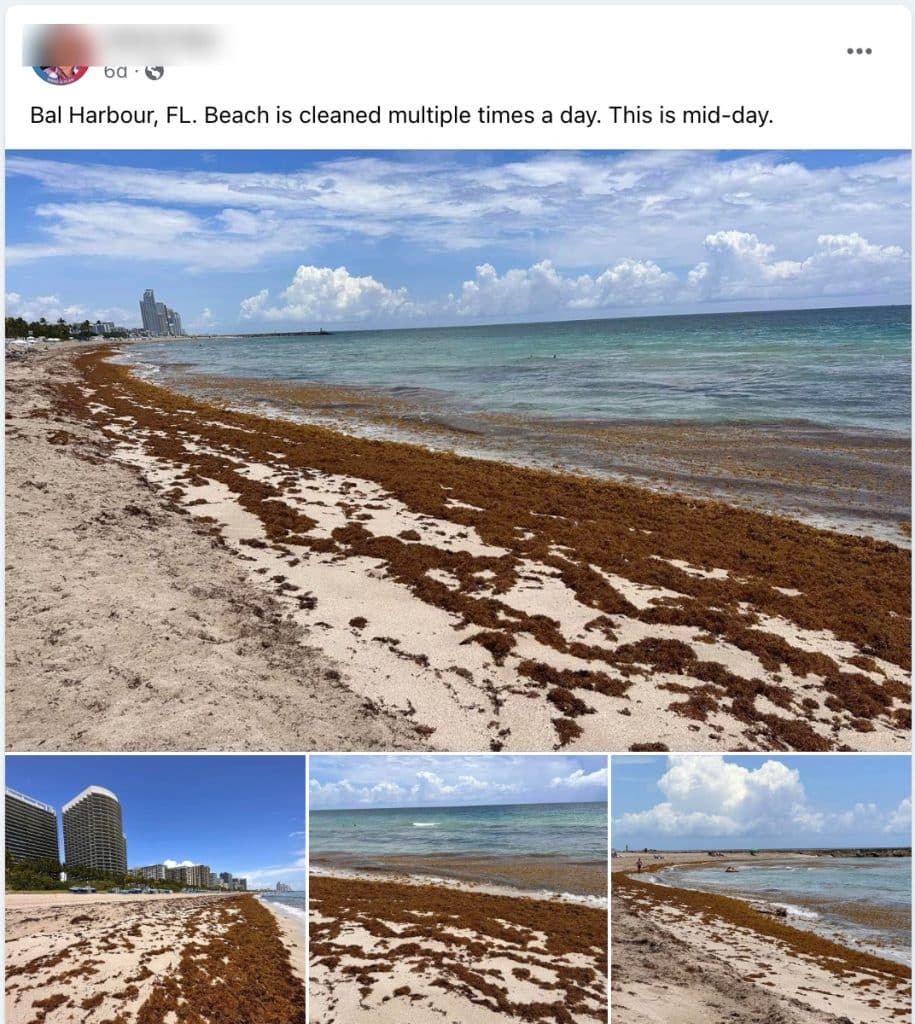
May 1: Travelers and Tourists are reporting record arrivals of seaweed to Florida already
Activity in our dedicated FB reporting group “Sargassum Seaweed Updates Florida” has been increasing with daily updates of seaweed arrivals. Most of the places are already reporting record amounts ahead of the peak sargassum season.
Key West – Southernmost Point of the Continental USA (April 30)
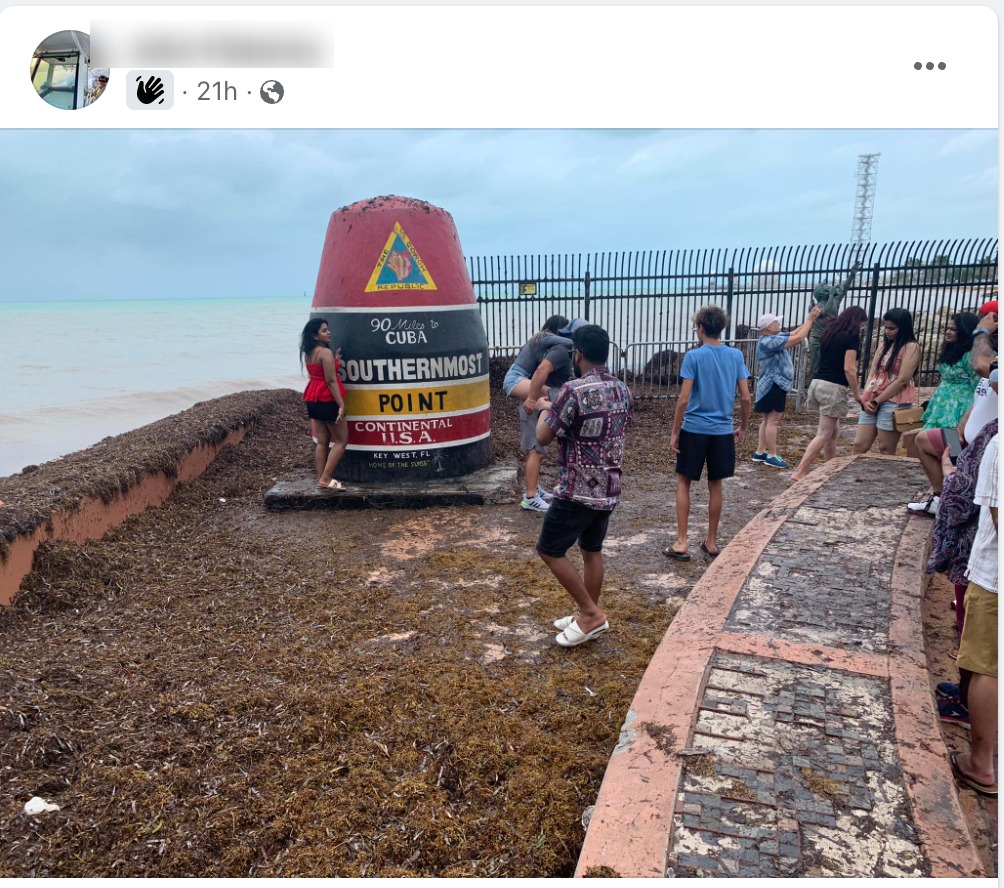
Suggested: Latest Sargassum Seaweed Updates from Cancun Area
What’s causing the seaweed problem?
A 2020 study, involving research from the National Oceanic and Atmospheric Administration (NOAA), has linked the surge in sargassum in the tropical Atlantic Ocean to a shift in the North Atlantic Oscillation (NAO) around 2009-2010.
This change led to stronger west and south winds, which dispersed sargassum from the Sargasso Sea into the tropical Atlantic, where it received more sunlight and nutrients from ocean upwelling.
The longevity of this increased sargassum presence is uncertain, with NOAA’s Rick Lumpkin noting the possibility of a similar event occurring in the past, followed by a decline of the Sargassum belt after several decades.
What could be done? These are possible alternative uses of sargassum heading to Florida, according to a new startup
The surge of sargassum seaweed in recent times has triggered businesses to explore novel methods of eliminating it, and its potential uses are already manifold.
Scientists and entrepreneurs aspire to transform it into syrup, bricks, and conceivably even jet fuel. Carbonwave, an organization based in Boston and Puerto Rico, is utilizing it as a constituent in fertilizer, cosmetics, and even synthetic leather.

